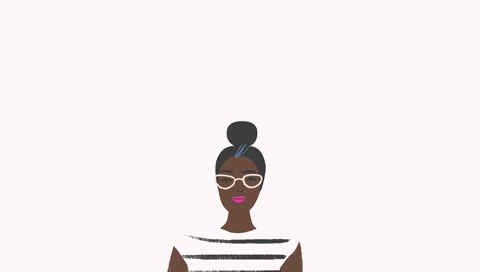A topic that arose from my last share. How do we begin to understand our female audience better. Women control an enormous amount of buying power, afterall, we are roughly half the world.
Don’t generalise
The first thing, we all need to understand, is that women don’t fall into one stereotypical group, just because of their gender. Women are their own complete, multi-faceted people, each having their own diverse interests and variety of life experiences. Even if you try to group them into smaller sub-categories such as “moms” and single women”, you are still going to miss the mark. Whatever stereotypes you have in your head about any of these groupings are, I promise you, entirely and thoroughly wrong.
Even I, don’t use myself to define a female audience. The first thing we all need to accept is that each individual is unique and that stereotypes are usually quite off the mark.
“The world is build for men”
Sadly, this statement is true. From an early age, most women are facing the hard truth that the world is not built for or by them. Even if we’d all like to pretend otherwise. Yes, there have been major steps into getting women’s voices and points of view heard and listened to, but we are quite far from an equal society.
It’s fundamental to understand that from childhood, girls are brought up with different standards and expectations than boys (which I’ve written about here). This leads to a lot of subconscious bias in all our minds, no matter the gender. We are still working on breaking down these standards and redefining norms, but as we all know, real change takes time and a lot of collective effort.
So if you want to start somewhere, start here. Let’s accept that all women have this one, global phenomenon to deal with; the patriarchy that has been infusing the world for centuries. It unites us. It angers us. At times it makes us want to scream and shout at the injustice. But we try to keep going, to educate, to help others see our perspective and all the things that used to be set as the norm, and are actually tipped to favour men.
Talking is the first step
Engaging with women is the best way to start and understand us better. And I don’t mean casual talk. Let’s open the conversation to deeper, more substantial conversations. Have you ever asked your female colleagues what it’s like for them when they have their periods in the workplace? Something so essential to our existence, a situation we deal with every few weeks, is hardly ever spoken about or acknowledged. It pains me to see so many women struggling with even admitting that they might be on their period, as if menstruation is something shameful. I’ll deep dive into this topic on a different day, but please, get more vocal. Let’s start an open dialogue about the difficult subjects, the sort we usually avoid!
Women in decision making positions
Let’s diversify the decision-makers on projects. If we want to see our work appealing to more people, we need to open our teams up to gender equality, both in numbers and gravitas. What I mean by that is that just hiring more women won’t solve the problem. We need to encourage women to speak up and express their opinions more openly. I’ve seen a lot of faux “equality”. It doesn’t lead anywhere. Why don’t we stop pretending and tick-boxing? Isn’t it time to seriously consider the way we perceive our female colleagues, because most of us–myself included–hold subconsciously biassed ideas. I had to work very hard on mine and are still doing so. Often I catch myself thinking something that feels sexist, about myself (mostly) or others, and then I flip the conversation around. A lot of us still hear these harmful patriarchal voices in our heads and have to work hard to ignore them. A good question I ask myself is “would I think this if [insert female colleague’s name here] was a man?”
Don’t choose the lazy road
No. More. Pink. Seriously, no! If you are even considering that because a product has been recoloured pink, it is now targeted at women, think again. We are all very tired of pink things. Enough already. It’s the same with branding. I don’t relate to a “feminine” (what does that even mean?) aesthetic at all. I like sports, I go to Muay Thai classes and enjoy art and books. I can’t think of anything I hate more than stereotypical female cues when it comes to female targeted brands. It’s lazy. It’s expected. And quite frankly, it’s boring.
Let’s be more creative and stop generalising our audiences. No more “soft” visuals. No more labelling typefaces as “feminine”. “Feminine” is a dead term. If you are building a personality or a brand style guide, do so by picking personality traits. Femininity is not a trait. It’s just a word we throw around and no one knows what it actually even means.
The main takeaway
We are not one, big, general group. We are individuals. We are not stereotypical. We are not singular either. Women can be mothers, single by choice, not interested in having children, they can be badass, they can like stereotypical things or hate them. We can be anything we like, because each one of us is unique. We have our own experiences, fears, desires, drives and dreams. We react differently. We think differently. So let’s not try to create rules. Instead, let’s talk…











